Blog
How Can a Landscape Designer Transform Underused Outdoor Areas Into Functional Living Spaces?
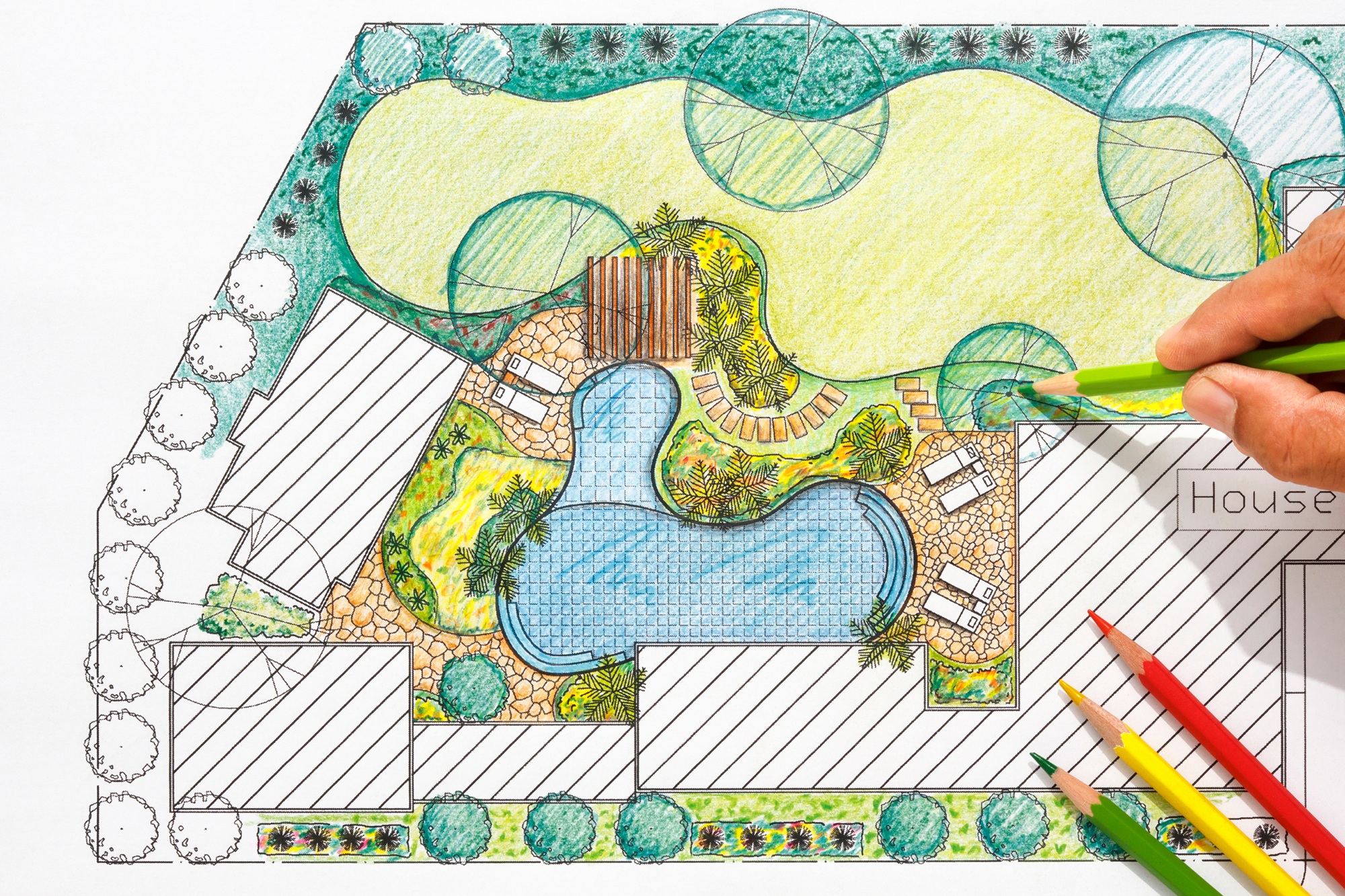
Turning Forgotten Yards Into Places People Actually Want to Use Many properties in Phoenix have outdoor areas that go unused, […]
Why is Long-Term Maintenance Planning Essential in a Landscape Designer’s Process?
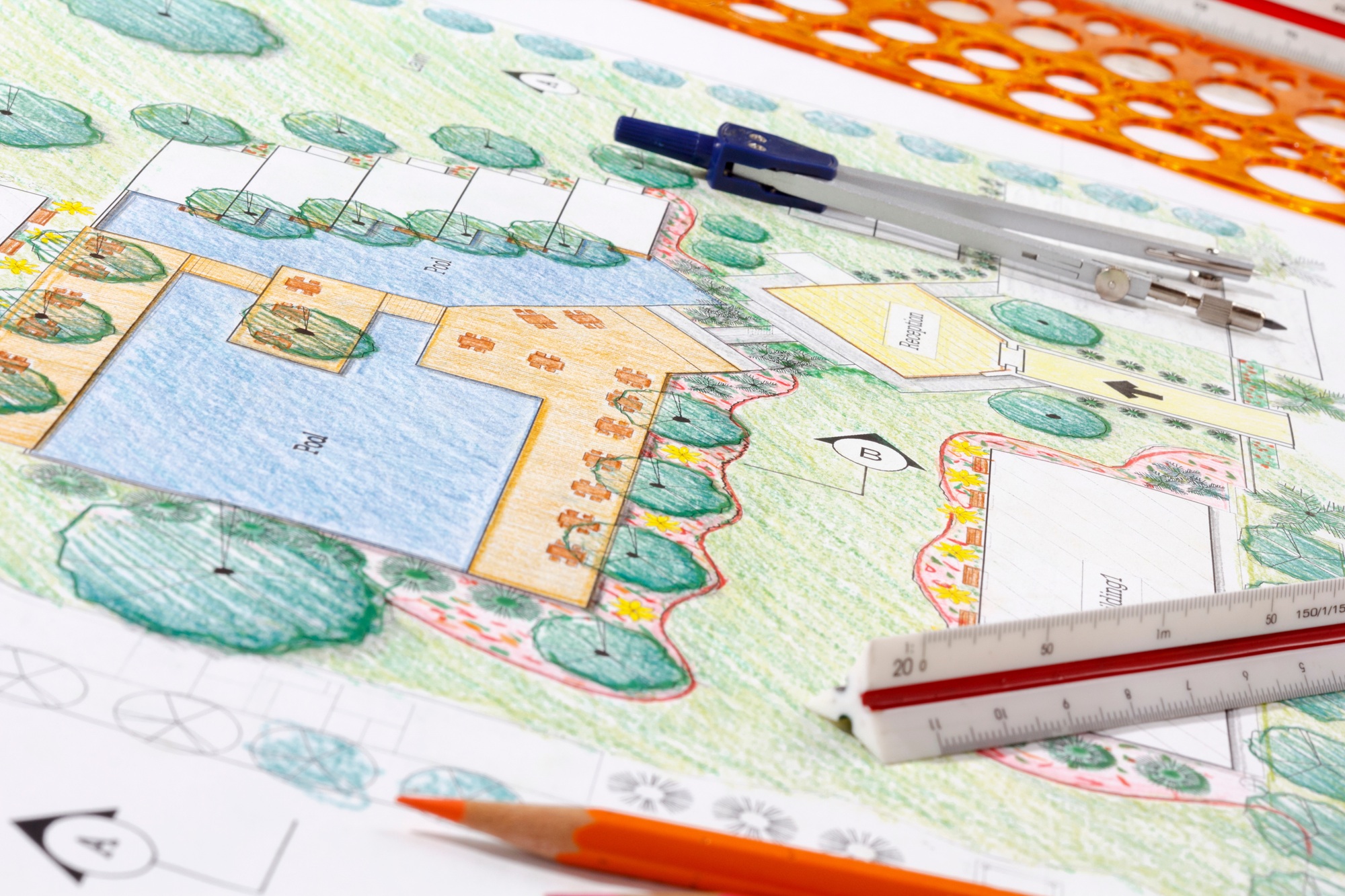
Because a Beautiful Landscape Means Nothing If It Can’t Last A landscape can look stunning on day one and still […]
How Does a Landscape Designer Select Plants That Thrive in Local Climate Conditions?
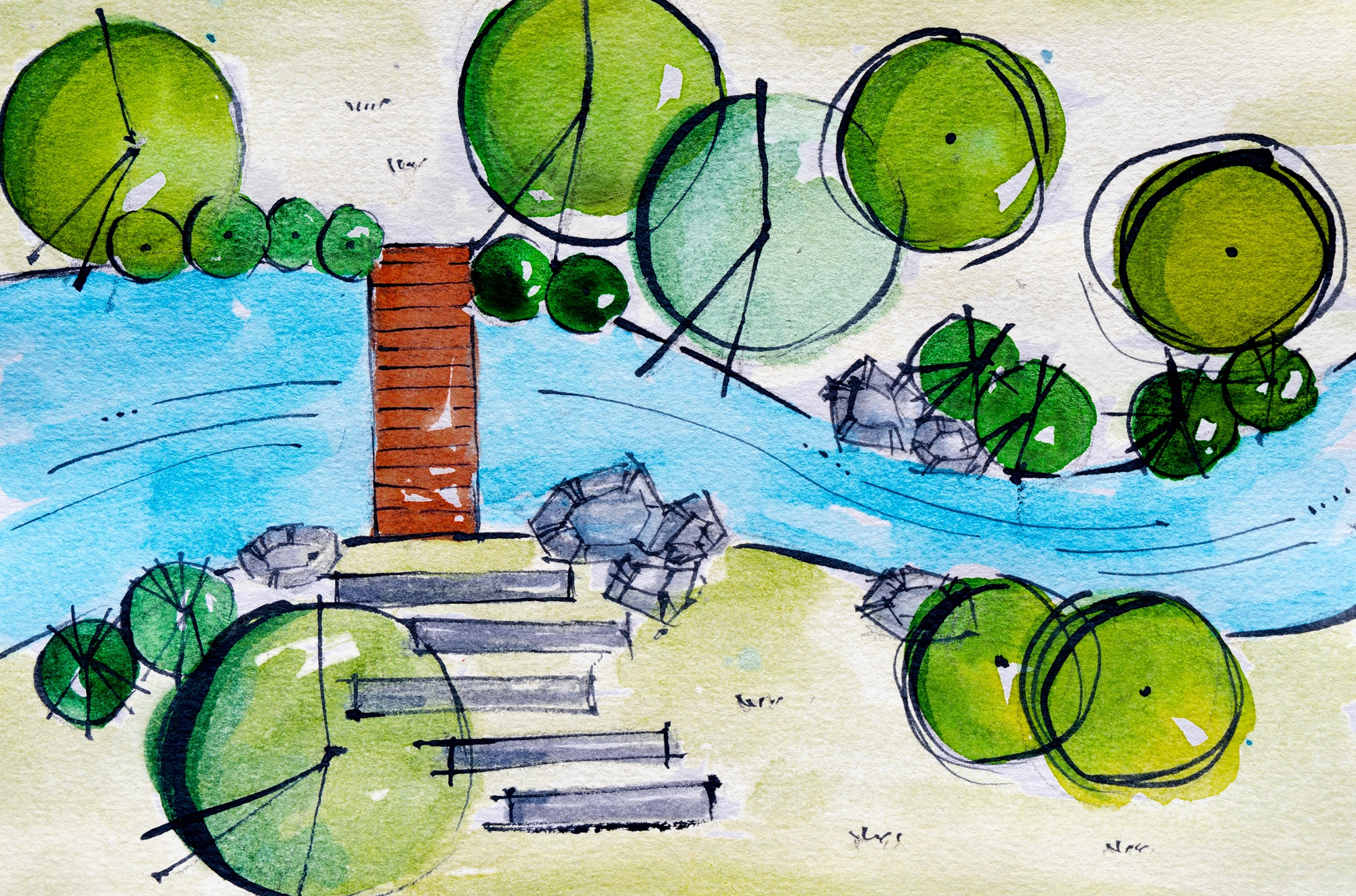
Because the Right Plants Don’t Just Survive — They Make Outdoor Spaces Work Plant selection is the foundation of landscape […]
Why Should You Hire a Landscape Designer to Create Safe, Child-Friendly Outdoor Spaces?

Transform Your Backyard Into a Fun, Secure, and Functional Outdoor Space A backyard should be more than a patch of […]
How Can a Professional Landscape Designer Maximize Your Landscape Investment and Optimize Resources?

Why Smart Planning Turns an Outdoor Project Into a Long-Term Asset Designing an outdoor space is one of those investments […]
What Role Does A Landscape Designer Play In Upholding Quality Assurance For Long-Lasting Outdoor Spaces?

Transforming Outdoor Spaces with Expertise and Precision Creating a backyard or outdoor living environment that is both stunning and durable […]
How Does Professional Landscape Design Impact Property Value Compared To DIY Efforts?

Transform Your Outdoor Spaces with Expertise: Why Professional Landscape Design Matters Creating a beautiful and functional outdoor space can significantly […]
What Is The Difference Between Landscape Design And Architecture, And How Does Hiring A Landscape Designer Benefit Your Property?
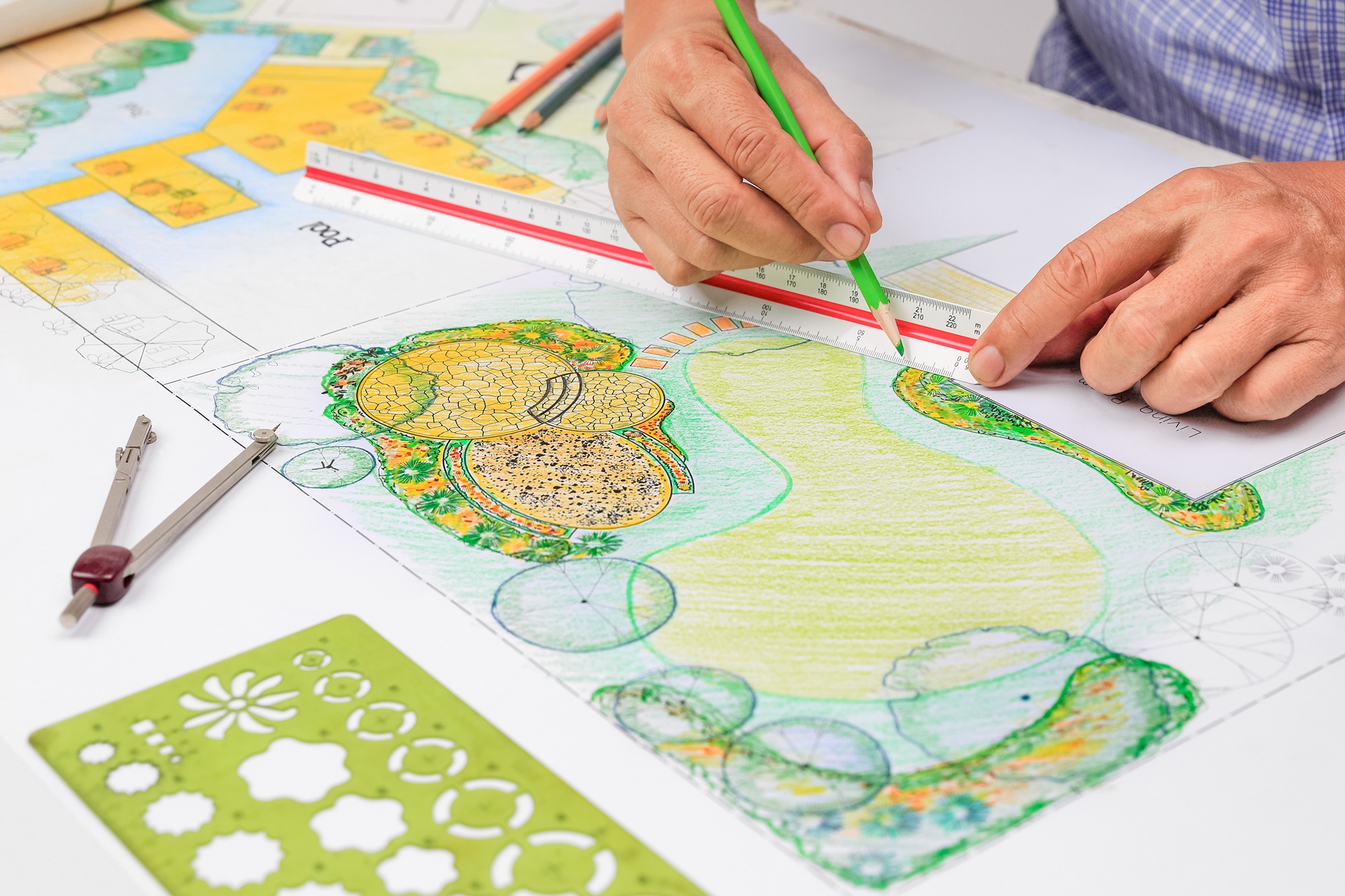
Unlock the True Potential of Your Outdoor Space with Expert Planning When it comes to transforming your outdoor areas, many […]
How Do Professional Landscape Designers Integrate Functionality and Aesthetics in Outdoor Spaces?

Creating Outdoor Spaces That are Both Beautiful and Functional Designing an outdoor environment that is visually stunning, functional, and long-lasting […]
What Are The Duties Of A Landscape Designer, And Why Should Homeowners Hire One Instead Of Doing It Themselves?
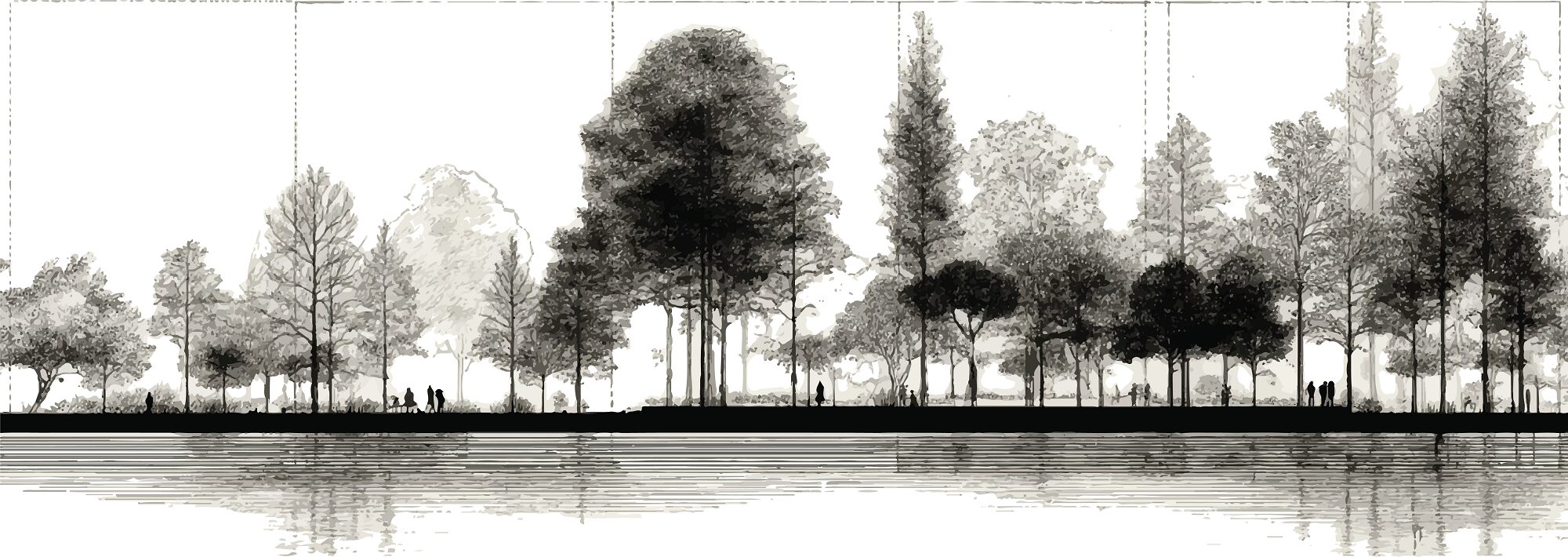
How a Professional Landscape Designer in Phoenix Transforms Outdoor Living Spaces Designing the perfect outdoor space may seem as simple […]
How Can A Landscape Designer’s Insights On Plant Compatibility Transform Your Garden’s Look And Health?
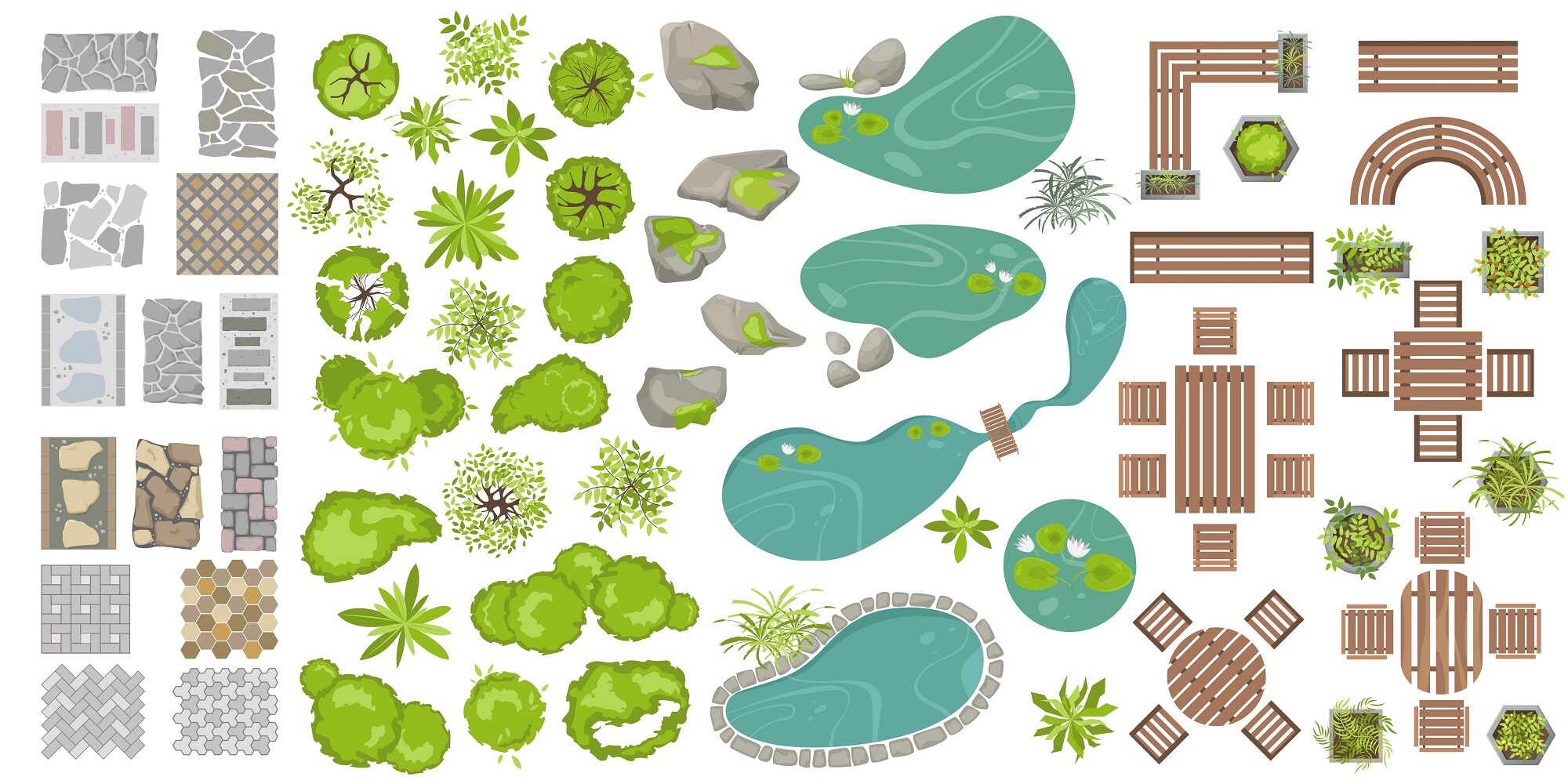
Unlocking the Secrets of Plant Harmony with a Professional Landscape Designer in Phoenix Most homeowners want a garden that looks […]
How Does A Landscape Designer Help Balance Quality And Cost In Outdoor Projects?
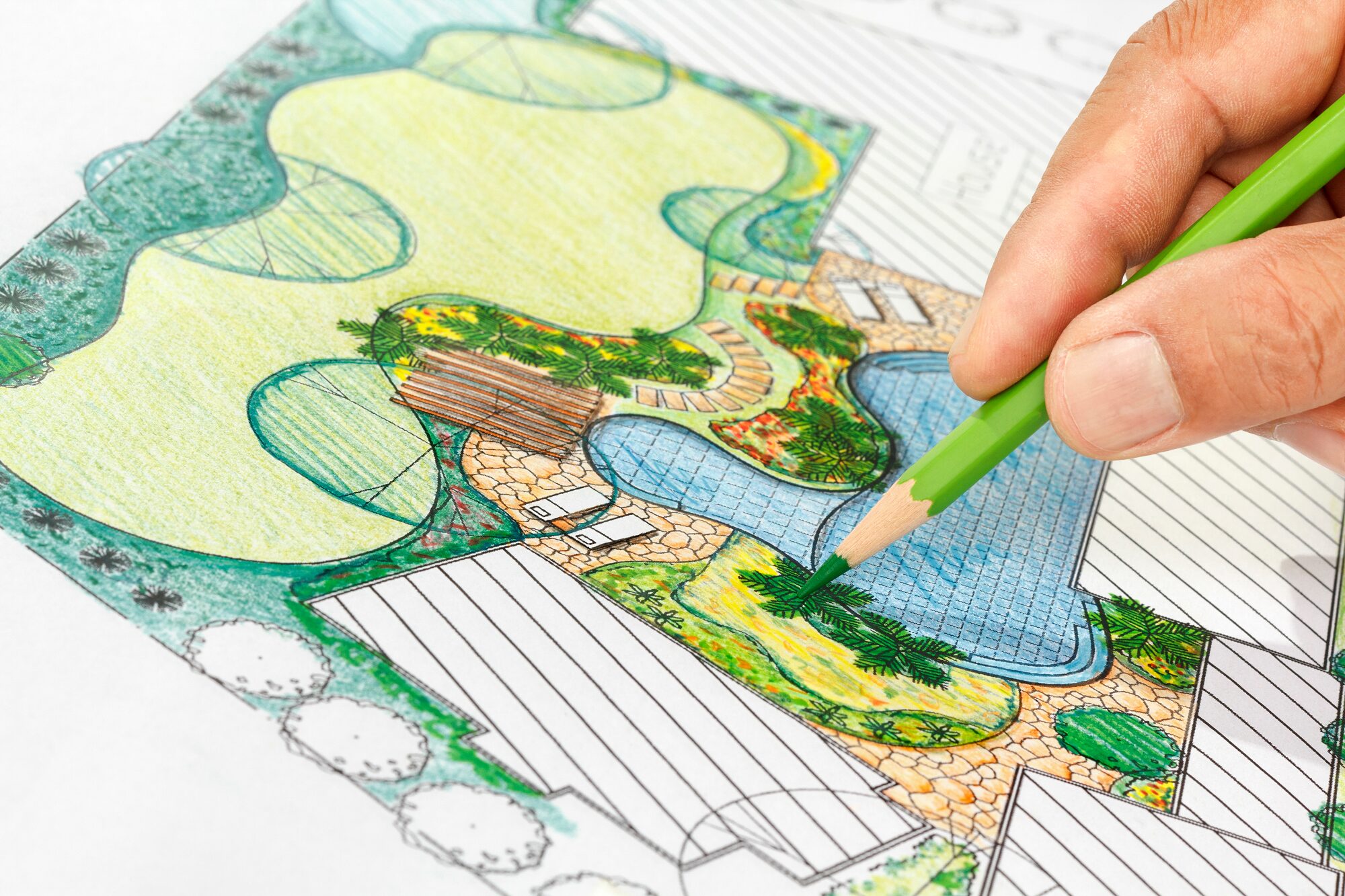
Creating Smart, Sustainable Designs Without Compromising on Beauty Homeowners in Phoenix often dream of transforming their backyards into beautiful, functional […]
